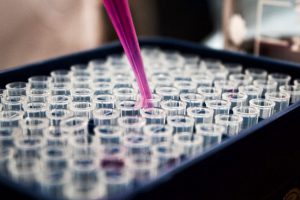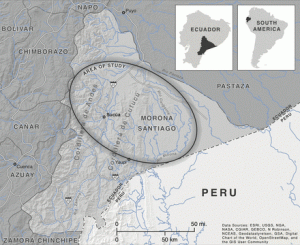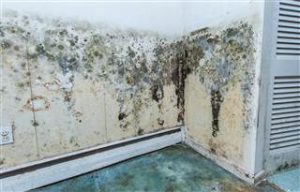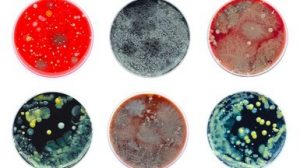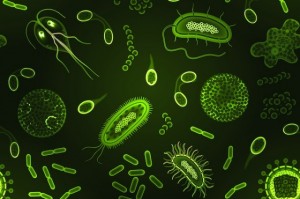The Biology and the Built Environment Center (BioBE) is currently seeking a post-doc to investigate fundamental questions surrounding the role of microorganisms (bacteria, viruses, fungi archaea, and protists) in the built environment and in relation to human health outcomes. Learn more and apply here. (https://careers.uoregon.edu/en-us/job/527294/post-doctoral-scholar-in-microbial-ecology)
There is a new paper out of possible interest. Source: Stagaman K, Cepon-Robins TJ, Liebert MA, Gildner TE, Urlacher SS, Madimenos FC, Guillemin K, Snodgrass JJ, Sugiyama LS, Bohannan BJM. 2018. Market integration predicts human gut microbiome attributes across a gradient of economic development. mSystems 3:e00122-17. https://doi.org/10.1128/mSystems.00122-17. Abstract: Economic development is marked by dramatic …
Early-life microbial exposure has been recognized to have a crucial role in immune development. Exposure in the actual infant breathing zone (BZ), influenced by the resuspension of floor dust, however, is little explored. Two recently published papers tackle this issue by assessing infant exposure to biological particulate matter (fluorescent biological aerosol particles, FBAPs) and microbial …
The report (and the data) from our Sloan-funded taxonomic annotation workshop on fungi in the built environment was just published in MycoKeys: https://mycokeys.pensoft.net/article/20887/list/4/ Abstract Recent DNA-based studies have shown that the built environment is surprisingly rich in fungi. These indoor fungi – whether transient visitors or more persistent residents – may hold clues to the rising …
Legionella is a bacterium found in drinking water distributions systems, as well as premise plumbing, hot tubs, hot water heaters, cooling towers, and other building water systems. At high enough concentrations and when inhaled, Legionella can cause Legionnaires’ disease and Pontiac fever, the former of which can be fatal if infected people are not treated …
An update on this story Managing Legionella in Water Systems Nominate Experts for an Upcoming Consensus Project The National Academies of Sciences, Engineering, and Medicine will undertake a project on the management of Legionella in water systems. An ad hoc committee will review the state of science with respect to Legionella contamination of water systems and issue a report that will: describe the microbial …
Collections of microbial cultures are critical tools in studying the microbial world around us. I have learned this from personal experience. The DSMZ for example, was absolutely essential to the entire GEBA (Genomic Encyclopedia of Bacteria and Archaea) project I coordinated via the DOE-JGI. I recommend that everyone out there find ways to support various …
Yup. Microbes can be beautiful. Check out these pics and more in the WBUR article about “Life at the Edge of Sight” a phenomenal new book from Scott Chimileski and Roberto Kolter. WBUR article: From Blue Cheese To Dirt, How Beautiful Bacteria Can Be Though the microbes that rule our world are normally too small …
Well, I am in DC for #MoBE17 and was secretly hoping to get in a Washington Nationals playoff game on Thursday. Heading to DC for #mobe17 and since the #RedSox are out I got out hat for another favorite team – go #Nationals pic.twitter.com/Gx0cpPdBjF — Jonathan Eisen (@phylogenomics) October 10, 2017 And in some sort …
Highlighting MoBE Research !! I am putting together a slide deck to highlight MoBE research at the Microbiology of the Built Environment Symposium October (10th-12th) at the National Academy of Sciences. The images will be run during breaks and prior to the beginning of the symposium each day. Please send your group’s photos, logos, …
